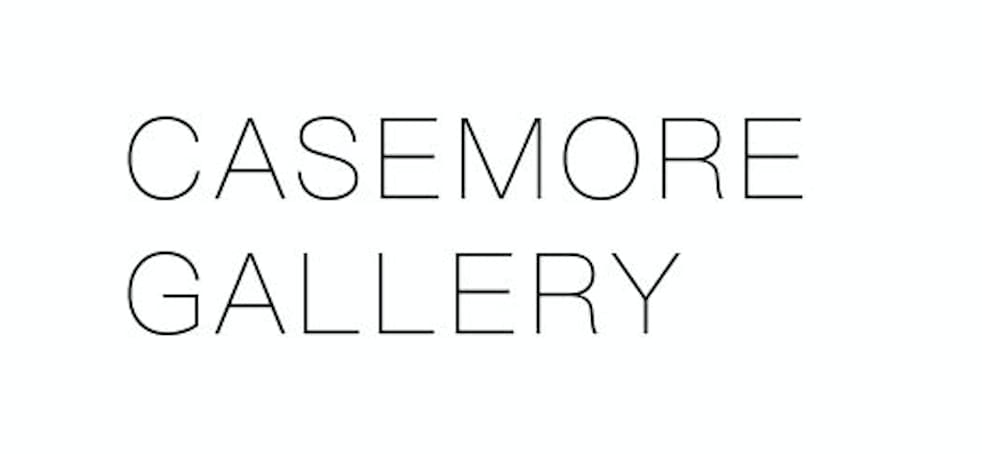OPENING RECEPTON: Friday, May 24, 5:30-8 PM
Casemore Gallery is pleased to announce Fantastico!, Lindsey White’s second solo exhibition with the gallery. The show is named for the iconic local party supply store, which served San Francisco for 64 years and closed in 2020. Fantastico! continues to inspire White’s practice, and the store’s often handmade and carefully stocked merchandise—artificial trees and flowers, paper bells, 200-foot table clothes, and much more—were transformed from party to art supplies in her studio.
The closure of many small, local, and unique businesses is just one way the San Francisco landscape is rapidly changing. Fantastico’s departure is an especially tough blow, and the critical qualities it represented, like gathering, celebrating, surprise, and delight, can feel in awfully sort supply these days.
The last few years have also seen the closure of the San Francisco Art Institute (SFAI), where White was Associate Professor and Chair of Photography, and where she taught since 2010. Its shuttering after 152 years not only represents a massive shift in arts education—and the further corporatization of everything under the sun—but in the cultural life of the city.
White’s efforts are informed by humor, irreverence, and of making light of even the heaviest circumstances, and Fantastico! explores magic and possibility as much as precarity and brokenness. The exhibition, which features video, painting, photography, and sculpture, addresses community, risk-taking, and a life beyond the institution or academy.
A key element of the exhibition is What? Is? Art?, a new book published by Colpa Press in an edition of 200. What? Is? Art? is a collection of White’s photographs made on the pandemic-empty SFAI campus alongside writings by nine anonymous professors who teach in private art schools or public art departments across the country. White states: “There aren’t many public conversations about the experience that educators face in art academia. It is my hope that these texts and images memorialize and contemplate the complexity of arts education in this protracted moment of instability.”

